Experiencing darts leg pain? It’s a common issue among dart players, often stemming from poor posture, repetitive movements, and incorrect throwing technique. This article will explore the causes of darts leg pain, offer practical solutions, and guide you toward injury prevention so you can enjoy the game without discomfort. We’ll also cover related topics such as proper throwing form and equipment selection.
⚠️ Still Using Pen & Paper (or a Chalkboard)?! ⚠️
Step into the future! The Dart Counter App handles all the scoring, suggests checkouts, and tracks your stats automatically. It's easier than you think!
Try the Smart Dart Counter App FREE!Ready for an upgrade? Click above!
Many dart players experience discomfort in their legs, particularly in their thighs and knees. This can be caused by several factors, including improper posture, repetitive strain injuries, and underlying health conditions. The good news is that with careful attention to technique and proactive measures, you can significantly reduce your risk of developing darts leg pain and maintain a comfortable, enjoyable game.
Understanding Darts Leg Pain: Causes and Symptoms
Darts leg pain can manifest in various ways, from a mild ache to sharp, stabbing pain. The location of the pain can also vary, affecting the thigh, knee, calf, or even the hip. Common causes include:
- Poor Posture: Leaning too far forward or sideways puts undue strain on leg muscles.
- Repetitive Strain Injuries (RSI): The repetitive nature of dart throwing can lead to overuse injuries in the legs, particularly in the quadriceps and hamstrings.
- Weak Core Muscles: A weak core compromises stability, forcing leg muscles to compensate, increasing the risk of pain.
- Incorrect Throwing Technique: Improper footwork and stance can strain the legs and lead to darts leg pain.
- Underlying Medical Conditions: Conditions like arthritis, sciatica, or other musculoskeletal issues can contribute to leg pain.
Identifying the underlying cause is crucial for effective treatment. If your darts leg pain is persistent or severe, consulting a doctor or physical therapist is essential. They can conduct a thorough assessment and rule out any serious medical conditions. They may also provide personalized recommendations for treatment and pain management.
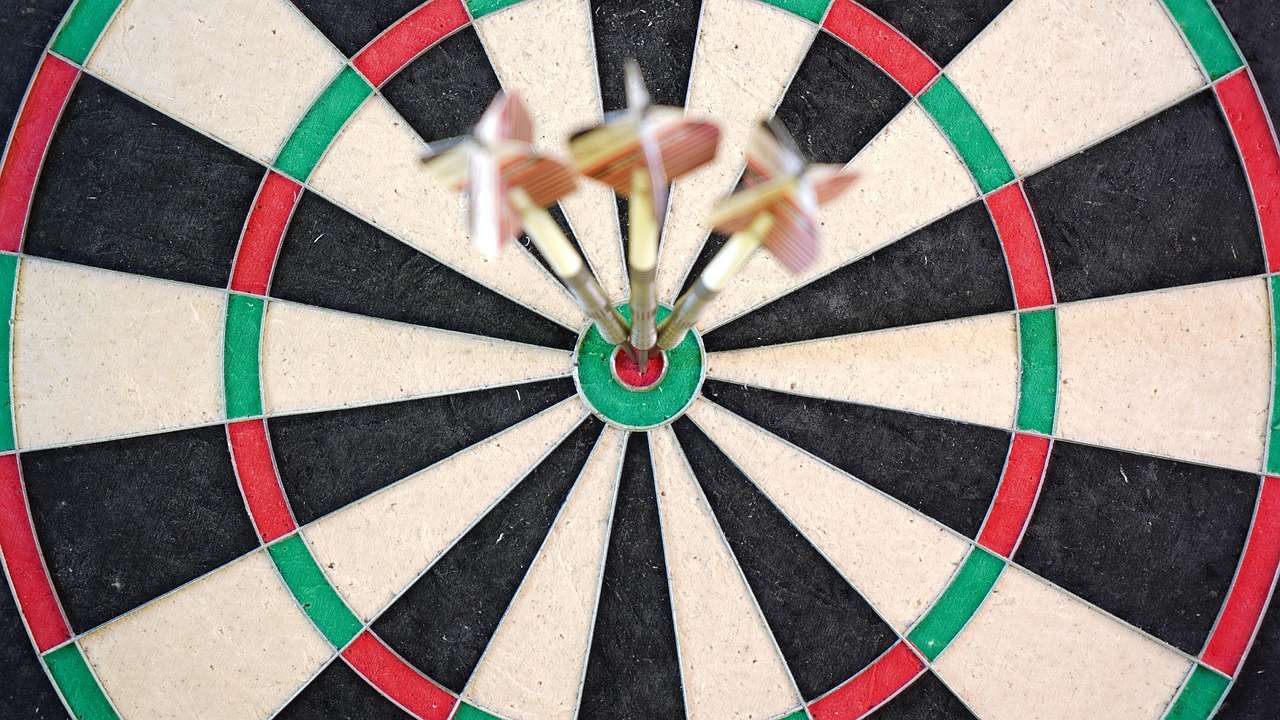
Preventing Darts Leg Pain: Tips for a Pain-Free Game
Prevention is always better than cure. By adopting the right techniques and habits, you can drastically reduce your chances of experiencing darts leg pain. Here’s what you can do:
Improve Your Posture
Maintaining a proper stance is paramount. Avoid leaning too far forward or to the side. Keep your back straight, shoulders relaxed, and your weight evenly distributed. Imagine a straight line from your head to your heels. This will help reduce strain on your legs and improve your overall throwing accuracy. Regularly check your posture while playing, making necessary adjustments as needed. Many players find the use of an appropriately adjusted dartboard height is beneficial to their posture. Using a darts sight line can aid in improving posture. This is a key aspect of preventing darts leg pain.
Strengthen Your Core Muscles
A strong core provides stability and support, reducing the strain on your legs. Incorporate core strengthening exercises into your regular fitness routine. Planks, sit-ups, and Russian twists are excellent exercises to build core strength. A strong core contributes significantly to a smoother throwing motion and reduces the chance of darts leg pain.
Correct Your Throwing Technique
Seek guidance from experienced players or coaches to refine your throwing technique. Focus on proper footwork, a consistent stance, and a smooth, controlled throwing motion. Analyze your technique by recording yourself during practice sessions. If you identify any flaws in your stance or throwing motion, work towards correcting them immediately. Many times correcting the approach will reduce the strain on the leg muscles. Learning to throw darts correctly is important to avoid darts leg pain.
Warm-up Before Playing
Always warm up your muscles before playing darts. Light cardio exercises, such as jogging or jumping jacks, followed by stretches targeting leg muscles (hamstrings, quads, calves) will help prepare your body for the activity. Skipping the warm-up is a frequent contributor to leg pain. A 5-10 minute warm up routine can make a world of difference.
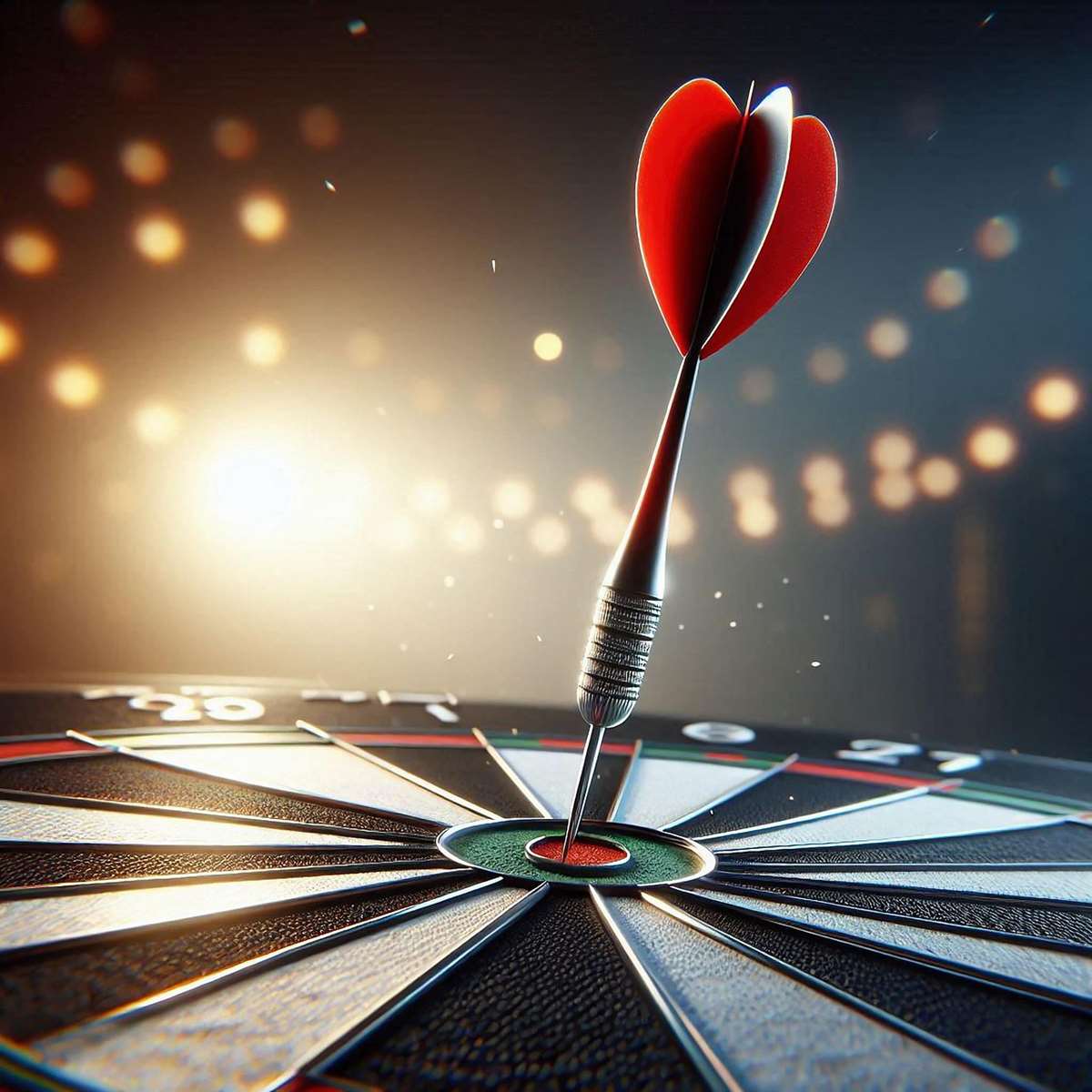
Choose the Right Equipment
Consider the weight and balance of your darts. Too heavy darts can strain your wrist and arm muscles which can indirectly cause darts leg pain. Opt for darts that feel comfortable and well-balanced in your hand. Using the right weight darts can significantly reduce the chances of experiencing any form of leg pain. Consider the best target darts to buy to avoid discomfort.
Take Regular Breaks
Avoid playing for extended periods without taking breaks. Give your legs a rest to prevent fatigue and muscle strain. Even short breaks every 30-60 minutes can significantly improve comfort and reduce the risk of injury. Regular breaks can dramatically minimize the risk of darts leg pain. Proper rest is just as important as technique in this aspect.
Stretching and Cool-Down
After playing darts, stretch your leg muscles to improve flexibility and promote blood flow. This will also help in muscle recovery and reduces the chance of stiffness and pain. Cooling down after a session is crucial in avoiding or reducing darts leg pain. Consider downloading a Practice darts app with scoring to keep track of your progress.
Treating Darts Leg Pain: Home Remedies and Professional Help
If you experience darts leg pain, several home remedies can provide relief:
- Rest: Avoid activities that aggravate the pain.
- Ice: Apply ice packs to the affected area to reduce inflammation.
- Elevation: Elevate your legs to improve blood circulation.
- Over-the-counter pain relievers: Ibuprofen or acetaminophen can help manage pain and inflammation. Always follow the recommended dosage.
- Stretching: Gentle stretching exercises can improve flexibility and reduce muscle tension.
However, if your darts leg pain persists despite home remedies or worsens over time, seek professional help. Consult a doctor or physical therapist who can assess your condition and recommend appropriate treatment, which may include physiotherapy, medication, or other interventions. They can often identify the underlying cause and develop a customized treatment plan. Don’t hesitate to seek help if your pain is severe or persistent.
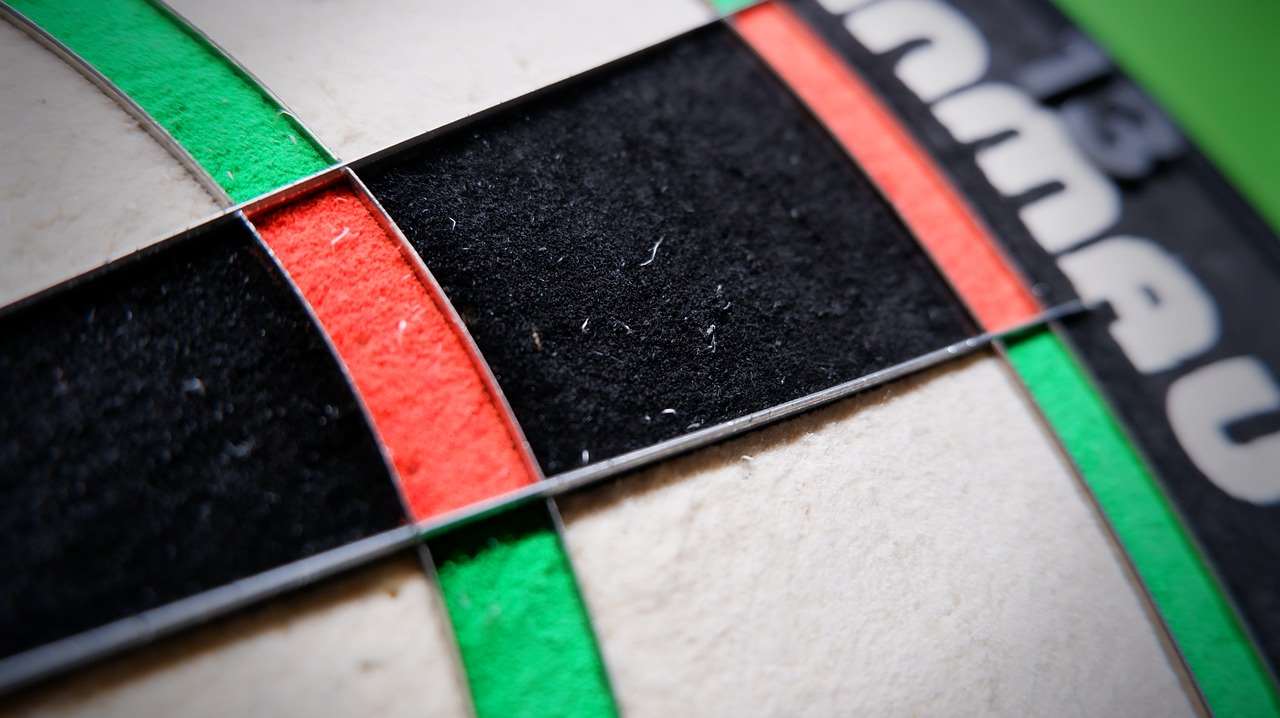
Advanced Strategies for Darts Leg Pain Prevention
For serious dart players looking to optimize their game and prevent darts leg pain, consider these advanced strategies:
Biomechanical Analysis
A biomechanical analysis by a sports specialist can identify subtle flaws in your throwing technique contributing to leg strain. They can provide tailored exercises and adjustments to optimize your form and prevent injuries. The investment in a professional analysis can pay huge dividends in long-term injury prevention. It’s worth considering if you take the game seriously.
Strength and Conditioning Program
Develop a comprehensive strength and conditioning program that includes exercises targeting leg muscles, core muscles, and overall stability. Focus on exercises that build endurance, strength, and flexibility to support the demands of dart throwing. This will enhance your performance and lessen the strain on your legs during intense matches. A well-structured program can greatly reduce your risk of darts leg pain.
Ergonomic Dartboard Setup
Ensure your dartboard is mounted at the correct height and distance to maintain optimal posture. Adjust the lighting to avoid straining your eyes and neck, which can indirectly contribute to leg discomfort. A comfortable and well-lit setup is critical to avoid unnecessary strain on your whole body, including your legs.
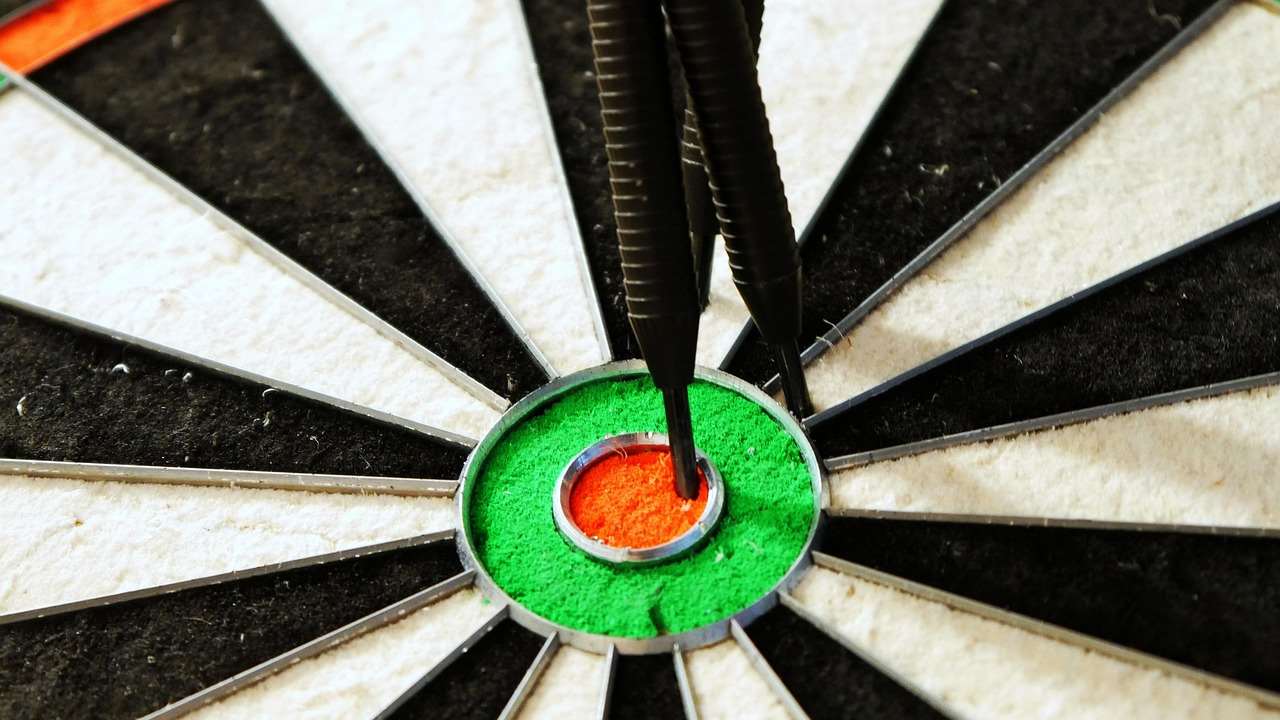
Understanding the Connection Between Throwing Technique and Darts Leg Pain
The way you throw a dart significantly impacts your risk of darts leg pain. A flawed technique often leads to compensatory movements that strain the legs. Things to consider include:
- Foot Placement: Ensure your feet are shoulder-width apart and provide a stable base. Incorrect foot placement can significantly increase stress on your legs.
- Body Rotation: Avoid excessive twisting or turning your body while throwing. Focus on a smooth, controlled motion that minimizes strain on your joints and muscles.
- Follow Through: Complete the throwing motion smoothly and naturally, avoiding abrupt stops or jerky movements that can impact leg muscles. A good follow through helps distribute force evenly.
Regular practice and focusing on consistent form are crucial to prevent darts leg pain. Consider recording your throws to identify any inconsistencies or flaws in your technique. This can make a significant difference in the long run.
Remember, the price of darts set doesn’t determine your risk of injury; your technique does. Investing in high-quality darts is secondary to a correct throwing technique. Even with great darts, poor technique may result in issues.
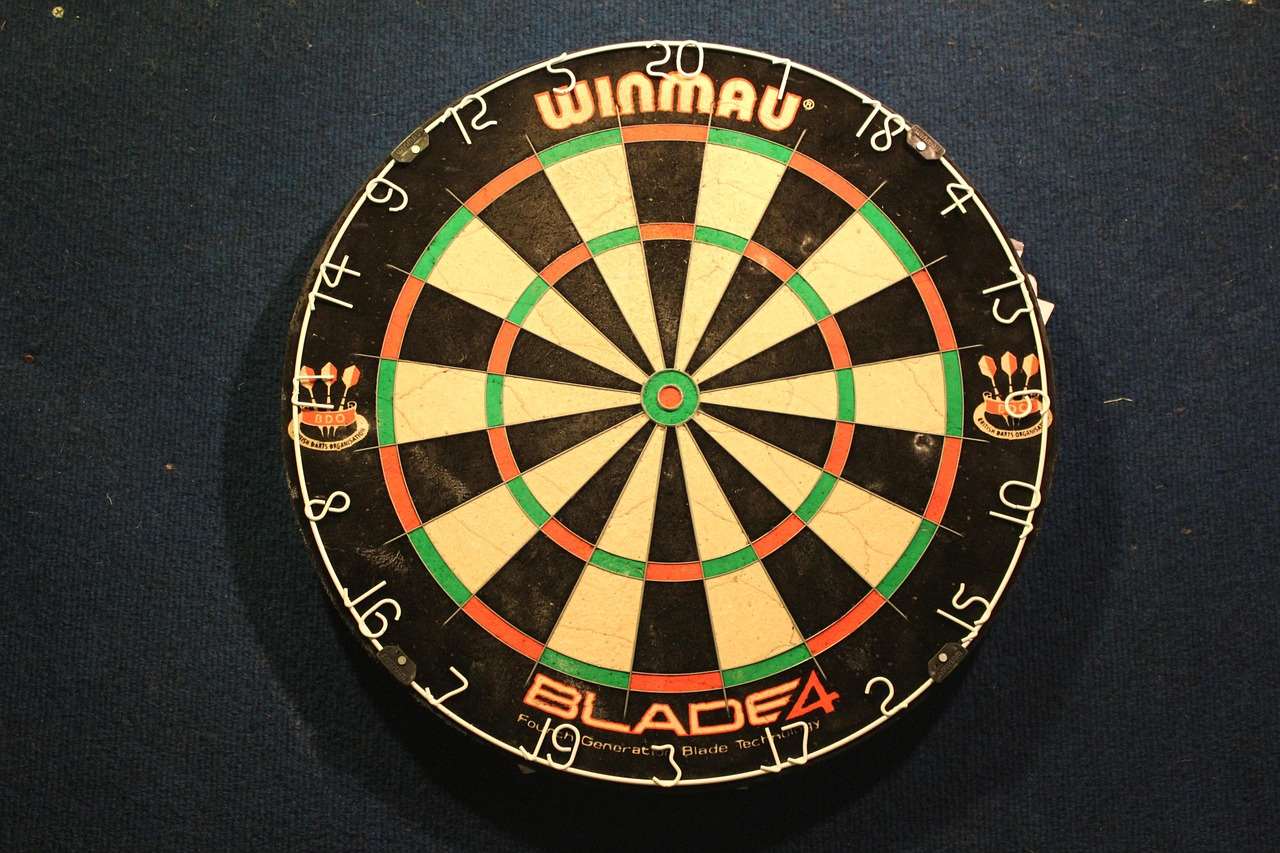
Conclusion: A Pain-Free Future in Darts
Darts leg pain is a common problem among dart players, but with proper attention to posture, technique, and conditioning, it’s largely preventable. By following the tips and strategies outlined in this article, you can significantly reduce your risk of experiencing pain and enjoy a longer, healthier, and more enjoyable dart-playing career. Remember to listen to your body, take regular breaks, and seek professional help if necessary. With consistent effort, you can keep the game enjoyable and keep your body healthy. Learn how to achieve a dart without flutter for optimal performance and injury prevention.
If you are struggling with darts leg pain, don’t hesitate to seek advice from a physical therapist or sports medicine professional. They can offer personalized guidance and help you develop a plan to address the pain and improve your overall technique.
Consider exploring resources like 170 darts finish strategies to improve your game while minimizing stress on your body. Learn more about dartboard ireland and other aspects of the game. Explore various dart scoring example to improve your gameplay. We hope this article helps you improve your game. Don’t forget to consult with experts if needed.
Hi, I’m Dieter, and I created Dartcounter (Dartcounterapp.com). My motivation wasn’t being a darts expert – quite the opposite! When I first started playing, I loved the game but found keeping accurate scores and tracking stats difficult and distracting.
I figured I couldn’t be the only one struggling with this. So, I decided to build a solution: an easy-to-use application that everyone, no matter their experience level, could use to manage scoring effortlessly.
My goal for Dartcounter was simple: let the app handle the numbers – the scoring, the averages, the stats, even checkout suggestions – so players could focus purely on their throw and enjoying the game. It began as a way to solve my own beginner’s problem, and I’m thrilled it has grown into a helpful tool for the wider darts community.